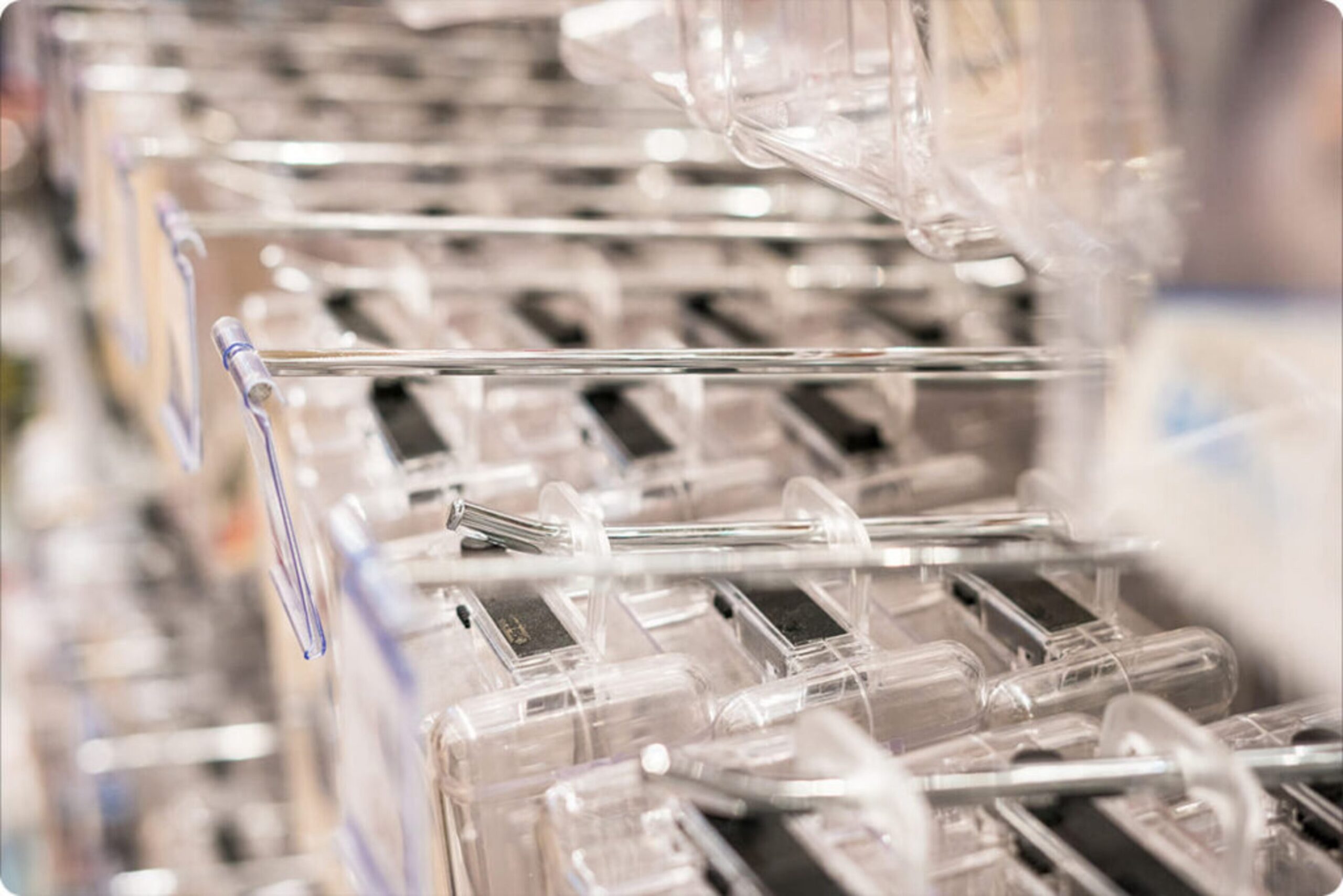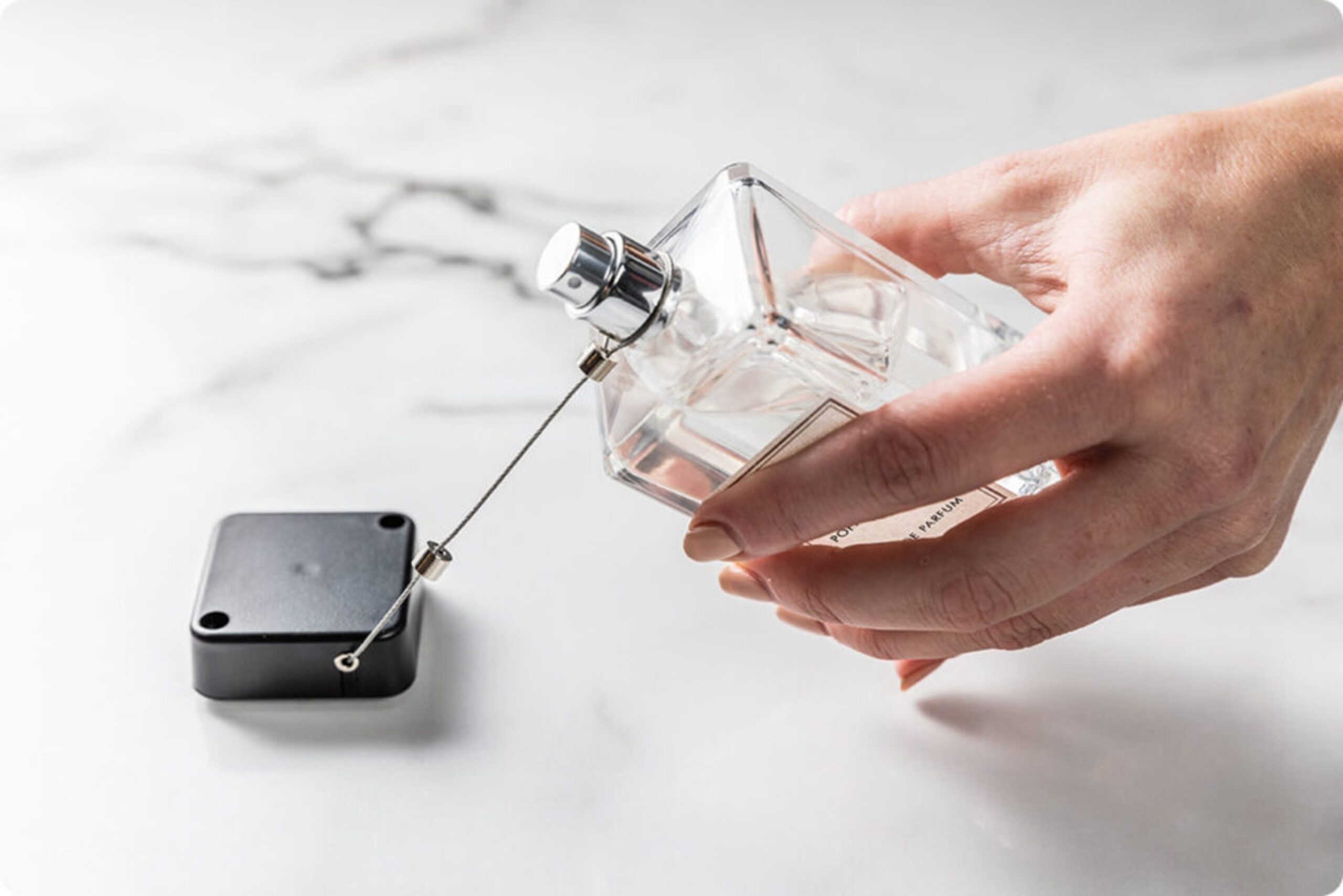While perhaps not the nicest of subjects to talk about, loss prevention is one of the most important topics when it comes to retail environments. Unfortunately, theft and shop lifting are issues that cause regular issues for all retailers, in some cases even on a daily basis, and leave them out of pocket.
Most stores will already have measures in place to deter and prevent theft as much as they can, with some of the most common options including CCTV cameras, security staff and metal detectors at the entrance door. However, thieves are becoming savvier and continue to bypass existing measures to get out the store without paying.
So, what else can retailers do to combat loss prevention? What new and innovative options are available to the market to clamp down on thieves and, critically, what can retailers do to avert the potential of loss prevention before it actually becomes a threat? Retail Focus casts an eye over the market to find out more.
Record levels of shoplifting
Starting things off with something of an alarming stat that came to light just a few months ago. In April, the Office for National Statistics (ONS) released the Crime Survey for England and Wales (CSEW), featuring new data on crime in the year to December 2023. Some 8.3 million incidents of CSEW headline crime were reported during the period, with the report highlighting shoplifting as a stand-out problem.
During the reporting period, shoplifting offences amounted to 430,104, an increase of 37% when compared with the 315,040 offences noted during the year ending December 2022. Incidentally, the previous year also saw a 25% rise in shoplifting cases across England and Wales.
Perhaps more alarming is that this is the highest annual figure since current police recording practices began for the year ending March 2003. This suggests that despite the best efforts of retailers, more needs to be done to prevent the issue.

James Lowman, chief executive of the Association of Convenience Stores, went as far to say that the total number of actual cases could be much higher, with many incidents not being reported in the first place. Lowman added that the police need to work closer with retailers to tackle the issue on a national scale.
“It’s sadly not surprising that official figures on theft have risen significantly, but this still represents a fraction of the true picture of shop theft,” Lowman said. “The vast majority of incidents that take place end up not being reported because of the time taken to report the crime and the lack of follow up from the police.
“Thieves are stealing on a regular basis without fear of apprehension, so it’s essential that every police force in the country takes theft seriously, not least because challenging thieves is one of the biggest triggers for abuse of shopworkers.”
Protecting your team
Keeping with this train of thought, a recent survey from the British Retail Consortium (BRC) revealed violence and abuse against retail workers soared last year. Key findings from the report include the number of incidents rising to 1,300 per day in 2022-23 from around 870 per day in the previous year.
This comes, the BRC says, despite retailers investing heavily in crime prevention, spending £1.2bn on measures such as CCTV, increased security personnel, and body worn cameras, up from £722m the previous year. The cost of theft to retailers went up to £1.8bn from £953m the previous year, meaning the total cost of crime to retailers stood at £3.3bn, double the previous year.
“Criminals are being given a free pass to steal goods and to abuse and assault retail colleagues,” said Helen Dickinson OBE, chief Executive of the BRC. “No one should have to go to work fearing for their safety.

“The Protection of Workers Act in Scotland already provides additional protection to retail workers, so why should our hardworking colleagues south of the border be offered less protection? It is vital that government takes action – introducing a new standalone offence for assaulting or abusing a retail worker.”
Forward-thinking and proactive approach
Of course, the government – whoever that may be at the time of print – can do more to help retailers with this issue. But there are specialist companies out there ready and waiting to step in with specialist, targeted support to not only tackle loss prevention in action but eliminate the initial threat.
One such business is Harrison Retail, which has been partnering with retailers on point-of-sale (POS) around the world for 28 years. The company delivers retail solutions ranging from shelf mounting and floor-standing products to data strips and display hooks, including some solutions related to preventing loss prevention.
Among these POS theft prevention solutions are including stock limiters, shipper surrounds, and shelving systems, all designed to enhance store security. Harrison has also developed fixtures and systems that limit accessibility to high-value merchandise and minimise the volume of products removed from displays. Some systems even incorporate sound-emitting features, acting as deterrents for thieves.
“We tackle the sectors that face the highest theft rates, including beers, wines, and spirits; healthcare and beauty; and household,” said Daryl Bedford, sales director at Harrison Retail. “Our forward-thinking and proactive approach to projects is why retailers turn to us to combat stock shrinkage, collaborating with retailers by understanding their unique challenges.
“We proudly lead the charge in combating theft by developing cutting-edge point-of-sale and product display solutions designed to limit product accessibility, making theft attempts more difficult and reducing stock shrinkage.”

Referencing the wider issue of loss prevention, Bedford said an ongoing issue for retailers is that many feel the need to invest in expensive security systems and technologies to combat the issue at hand. However, he argues small, loss-prevention retail solutions are arguably equally effective in deterring criminals and making theft more challenging.
“Retailers do not need to splash the cash on big tech to protect their stores when affordable loss-prevention solutions are available,” Bedford said. “POS and display solutions ensure store displays are safeguarded from potential theft at a fraction of the cost. High-tech security systems are an expensive investment, and although they produce the desired results, they are not always necessary.
“A prime example would be the installation of high-shelf facings, making it impossible for customers to snatch multiple products, saving retailers thousands and deterring criminals from targeting the same store.”
To avert threats, Bedford said retailers can deploy anti-theft merchandising solutions to limit product accessibility, making theft attempts difficult and reducing stock shrinkage. This includes products such as anti-sweep hooks designed to limit accessibility, making attempts at theft far more challenging and reducing stock shrinkage, as well as bespoke designed shipper surrounds to limit the number of high-value items, such as alcohol, removed from temporary display units at a time.
Nevertheless, he also said it is important to consider that every shop is different, hosting different loss prevention plans due to different product types sold and the branding and imaging of each retailer differing. Therefore, retailers must identify the right designer and producers of display fixtures which can provide a tailored approach to theft prevention solutions.
“By implementing POS and display solutions such as anti-theft hooks, shipper surrounds, and stock limiting systems, retailers can avert threats protecting their high-value goods, increase profitability and create a safer, more inviting shopping environment for customers,” Bedford added.

If we are being honest, there is no way retailers will be able to fully stamp out theft and shoplifting; unfortunately, it is something they will always have to deal with. However, by updating their security systems with cost-effective solutions such as those listed here by the team at Harrison, there is a strong chance they will bring down some of the alarming stats set out by the ONS and BRC.




